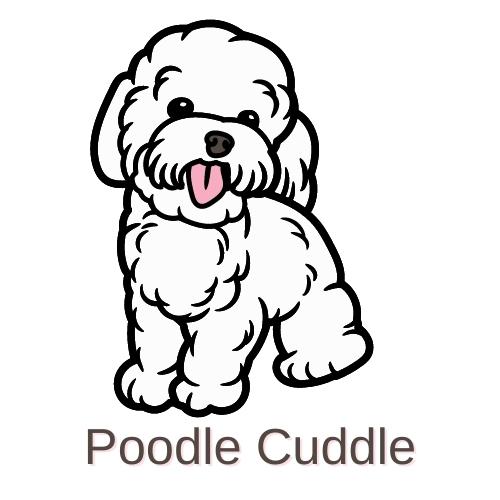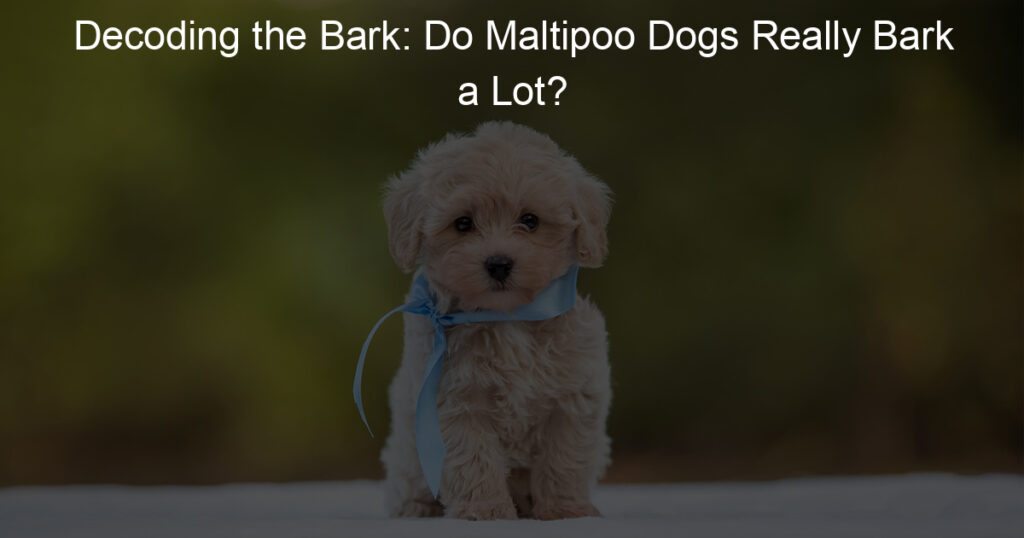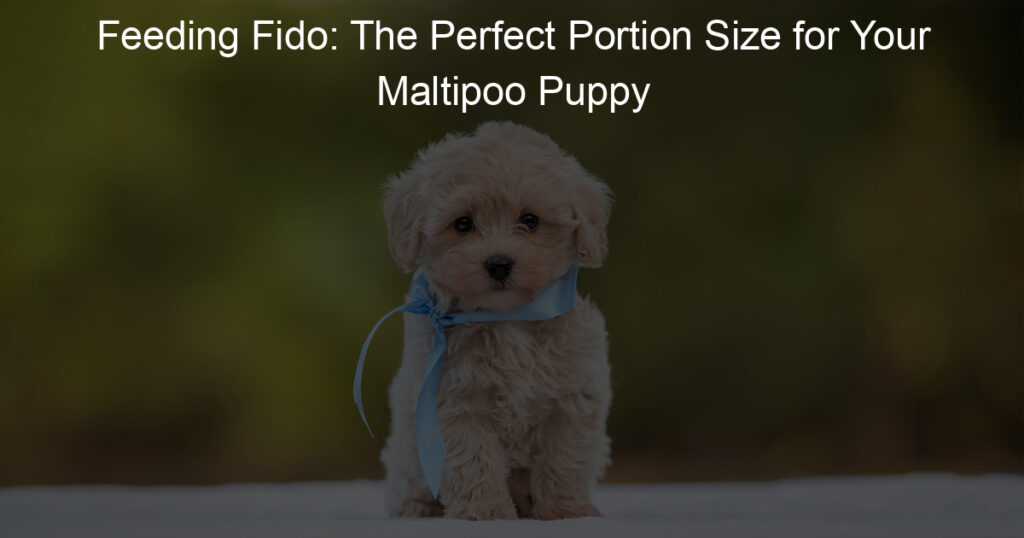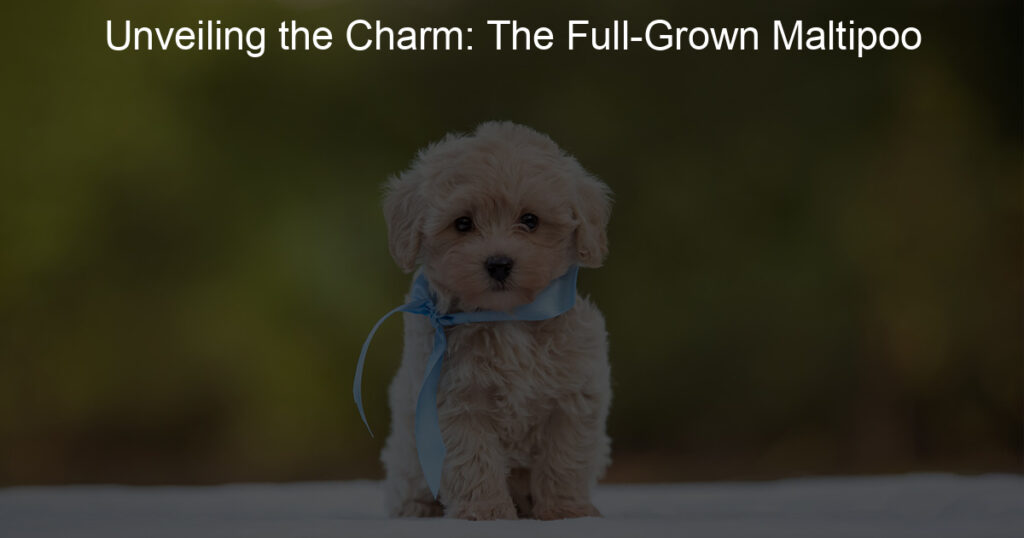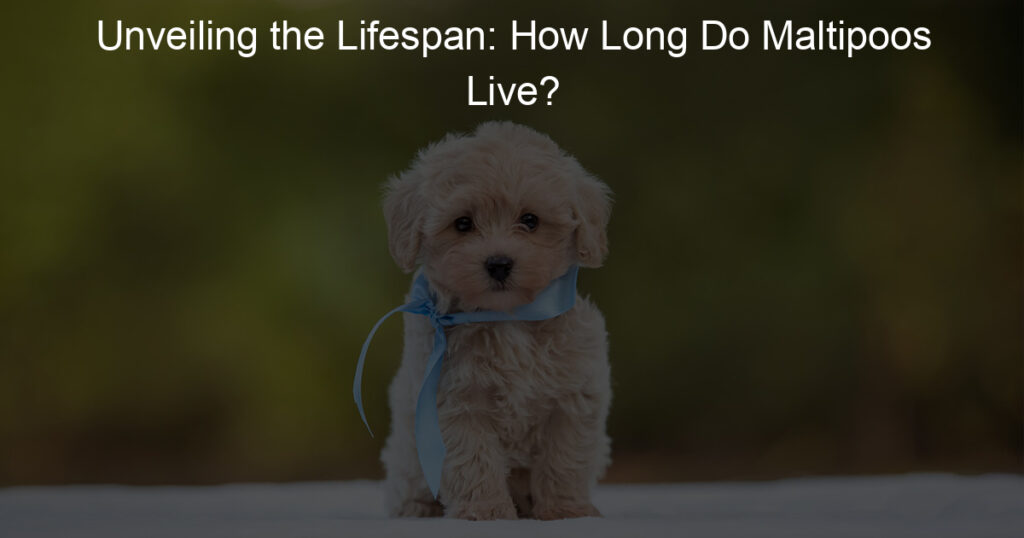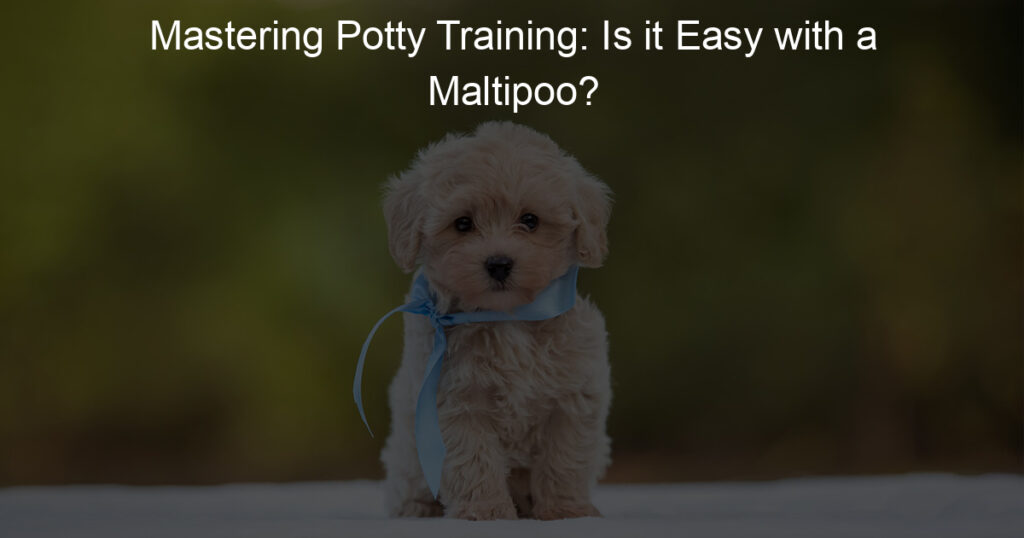
Understanding Maltipoo Appetite
When it comes to understanding your Maltipoo’s appetite, there are a few key aspects to consider. These include their eating behavior and their food preferences. Let’s delve deeper into these topics to help you better understand your furry friend’s dietary needs.
- Overview of Maltipoo Eating Behavior
- Common Maltipoo Food Preferences
Maltipoos, like most dogs, have a natural instinct to eat. However, their appetite can vary depending on factors such as age, health, and activity level. Younger Maltipoos tend to have a higher appetite due to their high energy levels and rapid growth. On the other hand, older Maltipoos may have a reduced appetite due to health issues or a decrease in activity.
It’s also important to note that Maltipoos are known for their selective eating habits. They may refuse to eat certain foods while showing a strong preference for others. This can be due to taste, texture, or even the temperature of the food.
Maltipoos are typically not picky eaters, but they do have some common food preferences. They tend to prefer foods that are high in protein, such as chicken, beef, and fish. They also enjoy fruits and vegetables, which provide essential vitamins and minerals.
However, it’s important to remember that every Maltipoo is unique. What one Maltipoo enjoys, another may not. It’s always best to experiment with different foods to find out what your Maltipoo likes best. Just make sure to introduce new foods gradually to avoid upsetting their stomach.
In conclusion, understanding your Maltipoo’s appetite involves observing their eating behavior and identifying their food preferences. By doing so, you can ensure that your Maltipoo is getting the nutrition they need to stay healthy and happy.
Maltipoo Feeding Habits
Understanding the feeding habits of your Maltipoo is crucial for their health and happiness. One of the key areas to focus on is meal frequency.
Meal Frequency
Meal frequency refers to how often your Maltipoo eats in a day. Let’s delve into the recommended feeding schedule for Maltipoos and a case study that shows the impact of meal frequency on a Maltipoo’s health.
- Recommended feeding schedule for Maltipoos
- Case study: Impact of meal frequency on Maltipoo’s health
It’s generally recommended that Maltipoos should be fed three times a day until they reach six months of age. After six months, you can reduce the frequency to two meals a day. This schedule helps to maintain their energy levels and prevents them from overeating.
Let’s look at a case study involving a Maltipoo named Daisy. Daisy was initially fed once a day, which led to her gaining weight rapidly. Her vet recommended increasing her meal frequency to three times a day, with smaller portions. After a few months, Daisy’s weight stabilized, and her energy levels improved. This case study highlights the importance of meal frequency in maintaining a Maltipoo’s health.
In conclusion, meal frequency plays a vital role in a Maltipoo’s health. By adhering to the recommended feeding schedule and adjusting it based on your pet’s needs, you can ensure your Maltipoo stays healthy and happy.
Portion Size
When it comes to feeding your Maltipoo, understanding the right portion size is crucial. This not only ensures your pet’s health but also prevents problems such as obesity or malnutrition.
- Understanding the right portion size for your Maltipoo
- Effects of overfeeding or underfeeding
The right portion size for your Maltipoo depends on various factors such as age, weight, and activity level. Puppies generally need more food than adults due to their rapid growth and high energy levels. As a rule of thumb, a Maltipoo puppy should be fed 4 times a day, with each meal consisting of approximately 1/4 to 1/3 cup of high-quality dog food. On the other hand, an adult Maltipoo should be fed twice a day, with each meal consisting of 1/2 cup of dog food. However, these are just guidelines and it’s always best to consult with your vet to determine the exact portion size for your pet.
Overfeeding or underfeeding your Maltipoo can lead to serious health problems. Overfeeding can result in obesity, which increases the risk of diseases such as diabetes, heart disease, and arthritis. On the other hand, underfeeding can result in malnutrition, leading to a weak immune system and stunted growth. Therefore, it’s important to strike a balance and feed your Maltipoo the right portion size.
In conclusion, understanding the right portion size for your Maltipoo is essential in ensuring their health and well-being. Always consult with your vet to determine the best feeding plan for your pet.
Maltipoo Meal Rejection: Common Causes
It’s important to understand why your Maltipoo might be rejecting their meals. There are several common causes, which we will explore in detail below.
- Health issues leading to Maltipoo not eating
- Behavioral reasons for meal rejection
- Impact of environment on Maltipoo mealtime behavior
Just like humans, dogs can lose their appetite when they’re not feeling well. If your Maltipoo is refusing to eat, it might be a sign of a health issue. Common health problems that can affect a Maltipoo’s appetite include dental problems, gastrointestinal issues, and infections. It’s important to consult with a vet if your Maltipoo is consistently refusing to eat.
Behavioral issues can also lead to meal rejection. For example, your Maltipoo might be bored with their food, or they might be anxious or stressed. Changes in routine can also affect a dog’s appetite. If you’ve recently moved or changed your schedule, your Maltipoo might be having trouble adjusting. It’s important to maintain a consistent feeding schedule and to provide a variety of nutritious foods to keep your Maltipoo interested in their meals.
The environment can also have a big impact on a Maltipoo’s mealtime behavior. If the feeding area is noisy or crowded, your Maltipoo might feel uncomfortable and refuse to eat. Similarly, if the food bowl is placed too high or too low, it might be difficult for your Maltipoo to eat comfortably. Make sure to provide a quiet, comfortable feeding area and to place the food bowl at a height that’s appropriate for your Maltipoo.
In conclusion, there are several reasons why your Maltipoo might be rejecting their meals. By understanding these common causes, you can take steps to address the issue and ensure that your Maltipoo is getting the nutrition they need.
Maltipoo Food Problems: Diet Issues
When it comes to feeding your Maltipoo, it’s crucial to be aware of potential diet issues. One of the most common problems is food allergies. Let’s delve into this topic to help you keep your furry friend healthy and happy.
Food Allergies
Food allergies can cause discomfort and health issues in Maltipoos. It’s important to recognize the common food allergies and know how to identify if your Maltipoo has a food allergy.
- Common food allergies in Maltipoos
- How to identify if your Maltipoo has a food allergy
Maltipoos, like many other dogs, can be allergic to certain types of food. The most common food allergens for Maltipoos include beef, dairy, wheat, egg, chicken, lamb, soy, pork, rabbit, and fish. These allergies can cause various symptoms, such as skin irritation, digestive problems, and respiratory distress.
Identifying a food allergy in your Maltipoo involves observing your pet for signs of discomfort after eating. Symptoms can include itching, redness, swelling, vomiting, diarrhea, or difficulty breathing. If you notice any of these symptoms, it’s important to consult with a veterinarian. They may recommend an elimination diet to identify the specific allergen causing the reaction.
Remember, every Maltipoo is unique, and what works for one may not work for another. Always consult with a professional before making significant changes to your pet’s diet. With careful observation and the right guidance, you can ensure your Maltipoo enjoys a diet that keeps them healthy and allergy-free.
Unsuitable Food Ingredients
When it comes to feeding your Maltipoo, it’s crucial to understand that not all ingredients are suitable for their diet. Some food ingredients can have a negative impact on their health. Let’s explore these in more detail.
- Ingredients to Avoid in Maltipoo’s Diet
- Chocolate: This is a well-known toxic food for dogs. It contains theobromine, which can cause heart problems, seizures, and even death.
- Onions and Garlic: These can cause anemia in dogs by damaging their red blood cells.
- Artificial Sweeteners: Xylitol, a common artificial sweetener, can cause a rapid insulin release in dogs, leading to hypoglycemia (low blood sugar).
- Grapes and Raisins: These can cause kidney failure in dogs.
- Impact of Unsuitable Ingredients on Maltipoo’s Health
It’s important to be aware of the ingredients that can potentially harm your Maltipoo. Here are some ingredients to avoid:
Feeding your Maltipoo with unsuitable ingredients can lead to various health issues. Here are some potential impacts:
| Unsuitable Ingredient | Potential Health Impact |
|---|---|
| Chocolate | Heart problems, seizures, death |
| Onions and Garlic | Anemia |
| Artificial Sweeteners (Xylitol) | Hypoglycemia (low blood sugar) |
| Grapes and Raisins | Kidney failure |
Remember, a well-balanced diet is key to your Maltipoo’s health and longevity. Always consult with your vet before introducing new food items into your pet’s diet.
Addressing Maltipoo Nutrition Concerns
When it comes to keeping your Maltipoo healthy and happy, nutrition plays a crucial role. It’s essential to understand the nutritional needs of your Maltipoo and how to address any concerns that may arise. This section will guide you in choosing the right food for your Maltipoo.
Choosing the Right Food
Choosing the right food for your Maltipoo involves understanding the key nutrients they need and identifying high-quality dog food brands that cater to these needs.
- Key nutrients needed in Maltipoo’s diet
- Protein: This is essential for muscle development and energy. It should make up about 18% of your Maltipoo’s diet.
- Fats: Fats provide energy and keep the skin and coat healthy. Aim for about 5% fat in your Maltipoo’s diet.
- Fiber: Fiber aids digestion and helps maintain a healthy weight. It should make up about 4% of your Maltipoo’s diet.
- Vitamins and Minerals: These are necessary for various bodily functions, including bone health and immune function.
- Examples of good quality dog food for Maltipoos
- Blue Buffalo Life Protection Formula: This food is rich in protein and contains a blend of fruits and vegetables for added vitamins and minerals.
- Hill’s Science Diet: This brand offers a balanced diet with high-quality protein, fiber, and essential nutrients.
- Royal Canin Maltipoo Breed Health Nutrition: Specifically designed for Maltipoos, this food contains the right balance of nutrients for this breed.
Maltipoos require a balanced diet that includes a variety of nutrients. These include:
Several high-quality dog food brands cater to the nutritional needs of Maltipoos. Here are a few examples:
Remember, every Maltipoo is unique, and what works for one may not work for another. Always consult with your vet before making any significant changes to your Maltipoo’s diet.
Consulting a Vet
When it comes to your Maltipoo’s nutrition, a veterinarian can be an invaluable resource. They can provide expert advice and guidance on your pet’s dietary needs and help you understand their appetite better.
- When to consult a vet about your Maltipoo’s diet issues
- How a vet can help in understanding Maltipoo’s appetite
It’s important to consult a vet if you notice any changes in your Maltipoo’s eating habits or overall health. This could include a sudden loss of appetite, weight loss or gain, or changes in their stool. If your Maltipoo is refusing to eat, it’s crucial to seek veterinary advice as soon as possible. A vet can conduct tests to rule out any underlying health issues and provide advice on how to encourage your pet to eat.
A vet can provide valuable insights into your Maltipoo’s appetite. They can explain what a healthy appetite should look like for a dog of this breed and age, and provide advice on portion sizes and feeding schedules. A vet can also help you understand if your Maltipoo’s appetite changes are normal or a sign of a potential health issue. They can also recommend dietary changes or supplements to help improve your pet’s appetite and overall health.
Remember, your vet is there to help and support you in caring for your Maltipoo. Don’t hesitate to reach out to them with any concerns or questions you may have about your pet’s diet and nutrition.
Key Takeaways: Ensuring Your Maltipoo Enjoys Its Meals
As we conclude, let’s summarize the key points to ensure your Maltipoo enjoys its meals and maintains a healthy diet. These are crucial steps to keep your furry friend happy and healthy.
- Understanding and adapting to your Maltipoo’s eating behavior
Every Maltipoo has a unique eating behavior. Some may eat quickly, while others may take their time. It’s essential to understand your pet’s eating habits and adapt accordingly. For instance, if your Maltipoo eats too quickly, consider using a slow feeder bowl to prevent choking and digestion problems.
- Addressing Maltipoo meal rejection promptly
If your Maltipoo starts rejecting meals, don’t ignore it. This could be a sign of underlying health issues or dissatisfaction with the food. Try changing the food or consult a vet if the problem persists. Remember, prompt action can prevent serious health issues.
- Choosing the right food to avoid Maltipoo food problems
Not all dog foods are suitable for Maltipoos. They need a balanced diet rich in protein, carbohydrates, and healthy fats. Avoid foods with artificial additives and fillers. Always check the ingredients before buying dog food and choose one that meets your Maltipoo’s nutritional needs.
- Consulting a vet for any Maltipoo nutrition concerns
If you have any concerns about your Maltipoo’s nutrition, don’t hesitate to consult a vet. They can provide professional advice and recommend the best diet for your pet. Remember, your Maltipoo’s health should always be your top priority.
In conclusion, taking care of a Maltipoo’s diet isn’t complicated, but it requires attention and understanding. By following these key takeaways, you can ensure your Maltipoo enjoys its meals and stays healthy.
